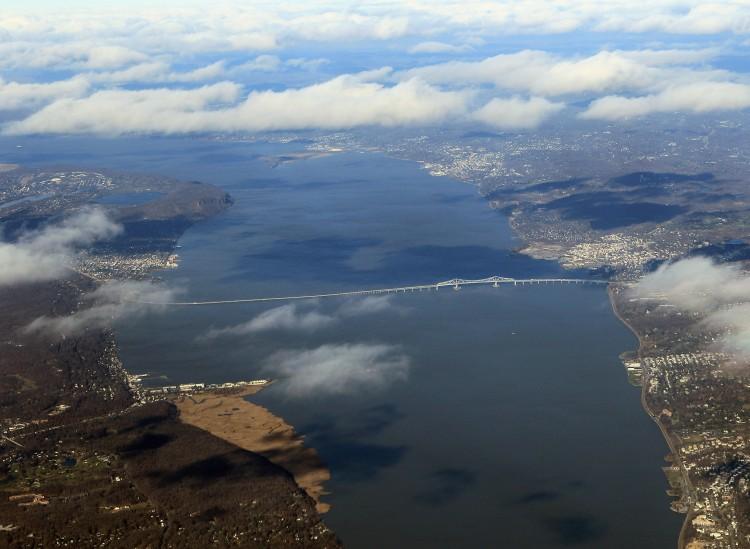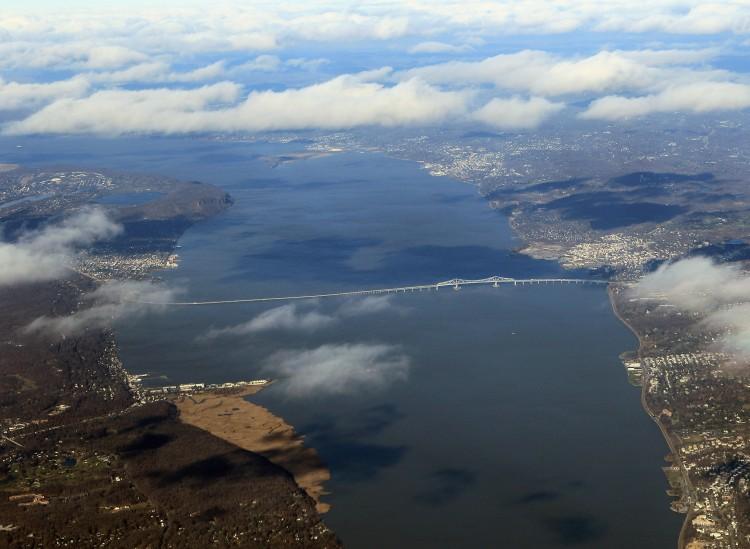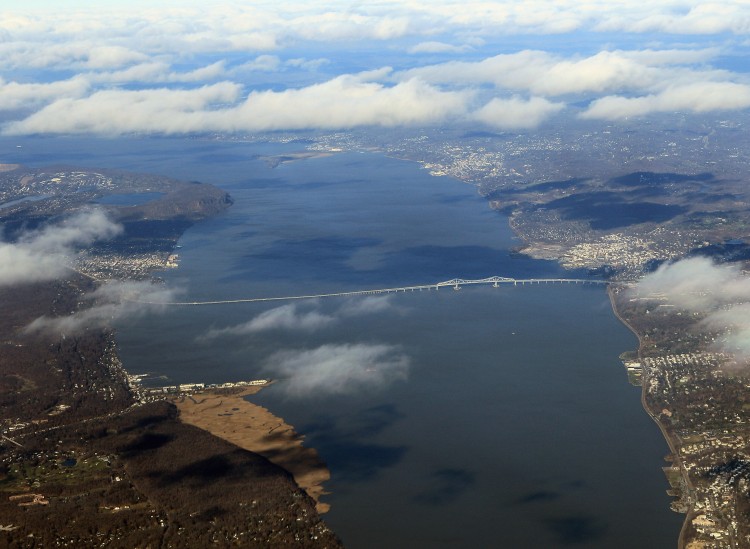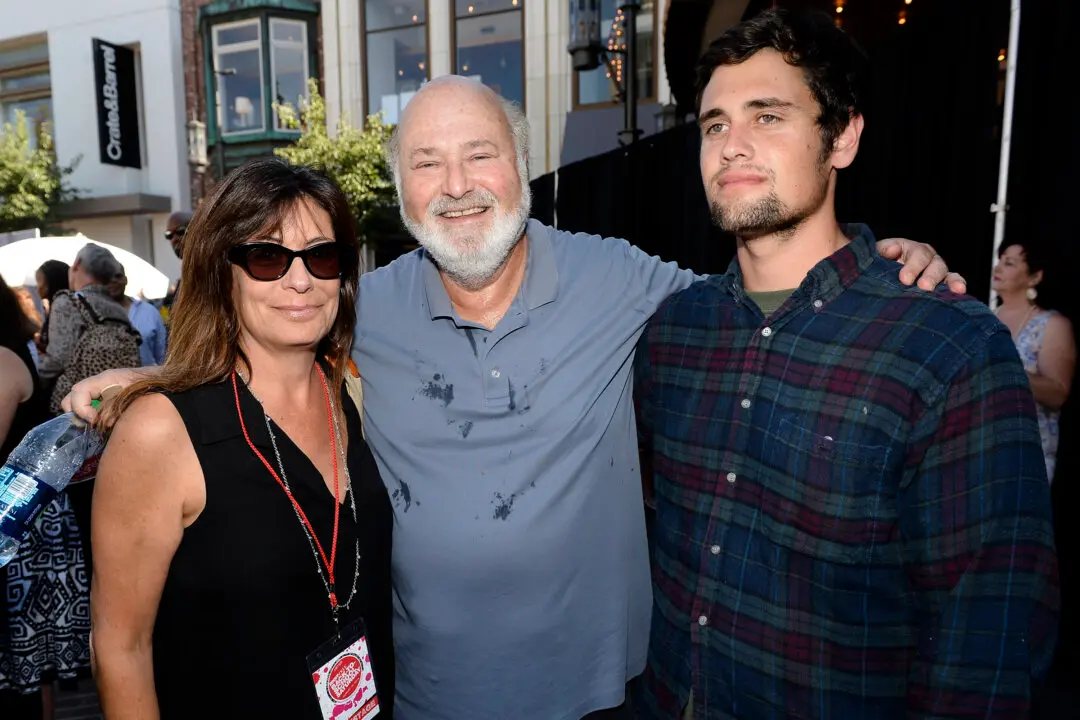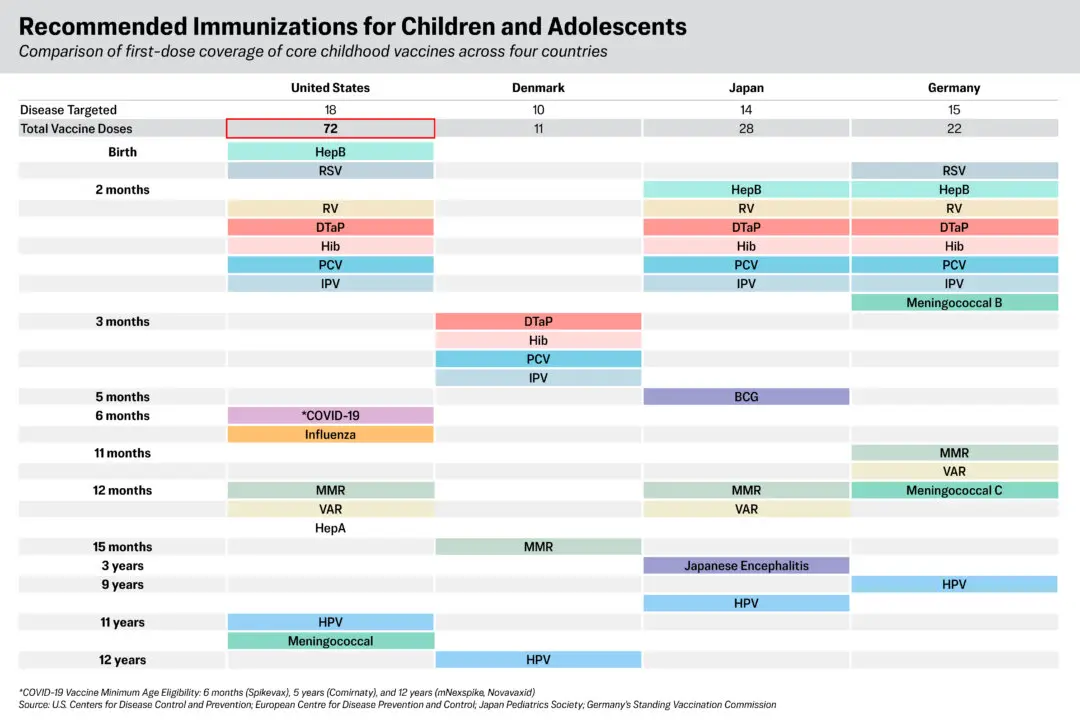NEW YORK—The conflict over whether or not a new Tappan Zee Bridge should include Bus Rapid Transit (BRT) became more tenuous this week as previously unreleased state cost analysis showed the $5 billion price tag may be misleading.
Documents from 2010 and 2011, analyzing four different bus routes to the bridge and highways leading up to it, show the price tag included elements that could be separated from BRT, such as highway improvements.
Two of the options examine creating a separate dedicated bus lane, while the other two look at having a bus travel in the HOV lane. The full hypothetical bus line would run across 64 miles of Westchester and Rockland counties, with 22 stations and 17 separate routes, according to the state’s project website.
The projections outlined in the state documents show highway improvements make up $1 billion to $3 billion of the projected $5 billion, causing transit advocates to cry foul.
“If the state’s BRT cost analysis only considered installing bus rapid transit in the context of a massive I-287 overhaul, it made a mistake,” said Veronica Vanterpool, executive director of Tri-State Transportation Campaign, in a statement. “You don’t need to dig a tunnel to paint a bus lane.”
Details about the Tappan Zee project have been hard to clarify at times, causing Tri-State, which pegs the bus system cost at “a few hundred million dollars,” to file a Freedom of Information Act request for the cited state documents.
Meanwhile, a July 10 New York Metropolitan Transportation Council meeting, where a crucial vote on the project was scheduled, was postponed because several officials wanted to review the not-yet-released Final Environmental Impact Statement.
The state announced June 29 that a rush-hour bus lane would be included on the bridge itself, but not on the surrounding highway. This caused one official, Westchester County Executive Robert P. Astorino, to state in a release that it was a “hopeful development,” but that he awaits more information, including “facts about cost, financing, and design of the bridge.”
Gov. Andrew M. Cuomo’s office did not respond to a request for comment by press deadline.
“The $5 billion we estimate simply accounts for the costs of adding new dedicated lanes to the highways on each side of the bridge, and that doesn’t even include an extra $80 million in operating costs for running the stations and the buses,” Cuomo spokesman Matt Wing told Streetsblog, a transit advocacy media. Wing indicated opposition from local communities forced a more costly viaduct in a few locations.
Cuomo, in an interview with Fred Dicker on Talk 1300 AM July 9, said, “A big project will always have opposition and will always be complicated.”
“The question is, do you allow the opposition and the controversy to defeat the project or not? Because if controversy always wins, Fred, we build nothing,” Cuomo added.
The Epoch Times publishes in 35 countries and in 19 languages. Subscribe to our e-newsletter.
